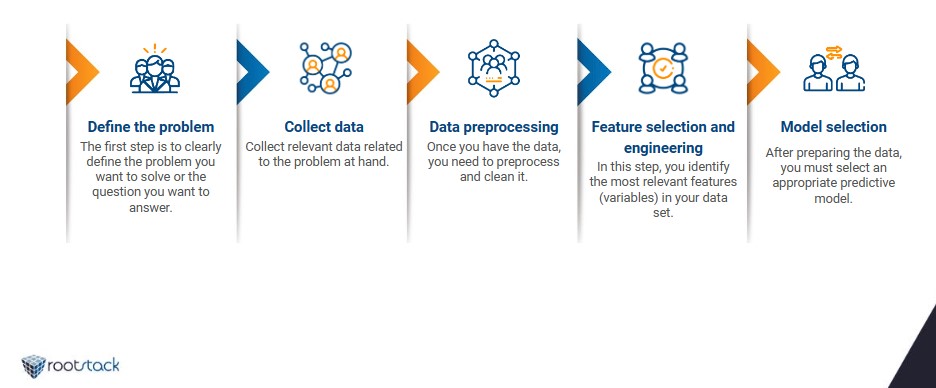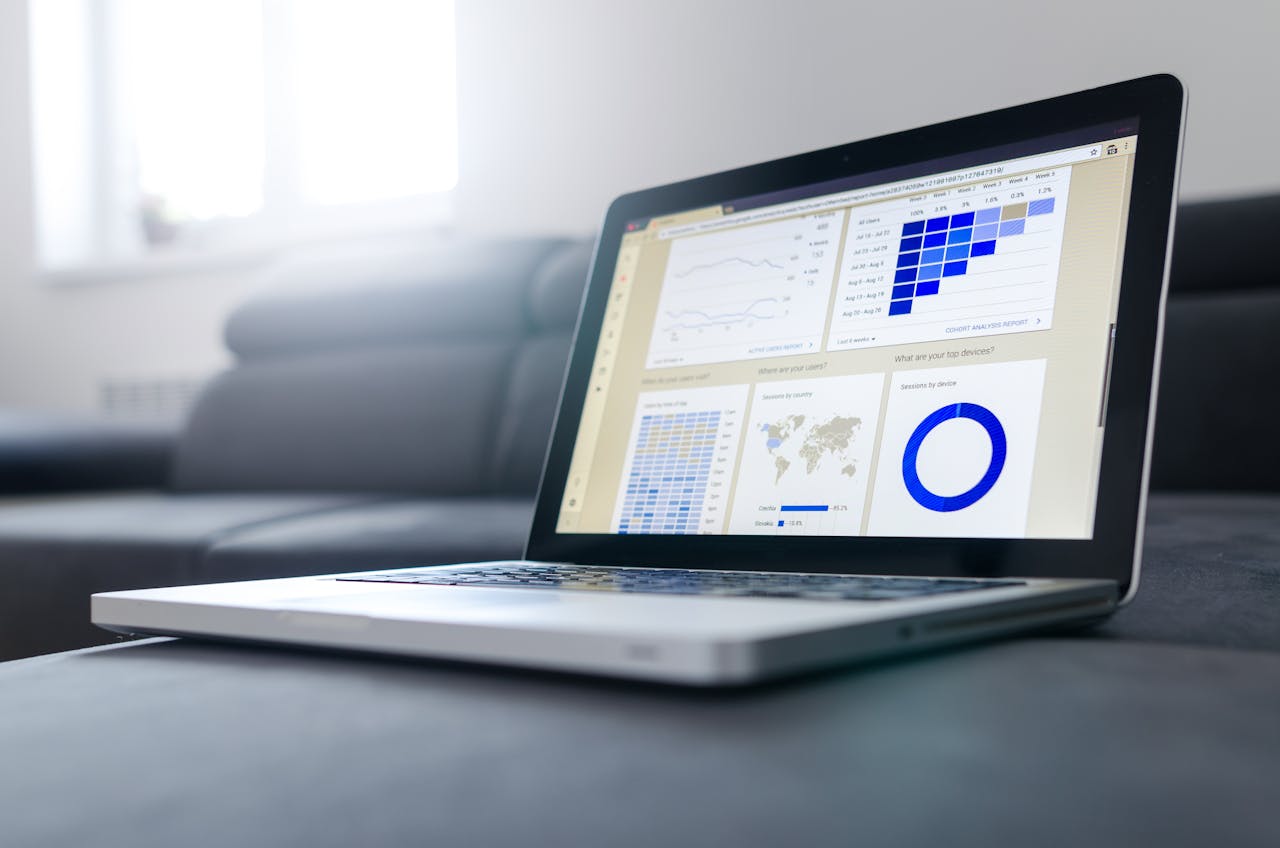Predictive analytics: forecasting the future with data
June 26, 2023
Table of contents
Quick Access
Companies generate a significant amount of data every day, week, and month, which often ends up in some memory store with no idea how to use it. Today, there is a solution called Data Analysis that can take advantage of all this information. There is also predictive analytics, which we will discuss briefly.
"Predictive analytics is a branch of advanced analytics that makes predictions about future results using historical data combined with statistical models, data mining techniques, and machine learning," according to IBM. Businesses use predictive analytics to identify hazards and opportunities by looking for trends in data. Big data and data science are frequently related with predictive analytics.
What is the process of predictive analytics?
Predictive analytics, as defined in the above paragraph, is a branch of data analysis, or Data Analytics, that employs current and past data to forecast future occurrences or outcomes.
To do this, various statistical and machine learning approaches must be used to discover patterns, correlations, and trends in data and estimate what is likely to happen in the future.
Here's a rundown of how predictive analytics works:
- Define the issue: The first step is to precisely state the problem or question that you wish to answer. This could range from estimating customer attrition to forecasting quarterly revenue.
- Gather information: The following stage is to gather relevant facts about the topic at hand. This can comprise structured data (from databases, for example) as well as unstructured data (from text documents or social media). The data must be thorough, accurate, and indicative of the problem at hand.
- Data Preprocessing: Once the data is collected, it must be preprocessed and cleaned. This includes responsibilities like dealing with missing numbers, reducing outliers, and transforming data into an analysis-ready format. Data preparation is required to ensure the accuracy and dependability of forecasts.

- Engineering and feature selection: This stage involves identifying the most relevant aspects (variables) in your data collection that are likely to influence the outcome you are attempting to forecast. To improve the prediction potential of your model, you can also generate new features by merging or altering current ones.
- Model Selection: After preparing the data, you must choose an acceptable predictive model. This decision is determined by the nature of your situation and the available facts. Models commonly utilized include linear regression, decision trees, random forests, support vector machines, and neural networks.
- Model training: After you've chosen a model, you must train it with your prepared dataset. During training, the model learns the underlying patterns as well as the correlations between the features and the target variable. The model adjusts its internal parameters to minimize the discrepancy between the expected and actual results in the training data.
- Model evaluation: After training, you should assess your model's performance. Depending on the type of task (classification or regression), this entails the use of evaluation measures such as accuracy, precision, recall, or root mean square error. You may also test the generalizability of your model using techniques like cross-validation.
- Prediction and Deployment: After the model has been trained and tested, it is ready to make predictions on fresh, previously unknown data. Based on the input data, you can use the trained model to make predictions or projections. The forecasts can then be utilized to guide decision-making, optimize methods, or take preemptive measures.
- Monitoring and Refinement: Predictive models must be checked throughout time to ensure their accuracy and reliability. As new data becomes available, the model may need to be updated or retrained on a regular basis to preserve its predictive power. This iterative process enables the predictive analytics solution to be continuously improved and refined.
Predictive analytics is a rapidly evolving field that uses data and statistical approaches to forecast future events or behavior. It is used in a variety of industries, including banking, marketing, healthcare, and manufacturing.
We recommend you on video
Related Blogs


How to integrate UiPath RPA with a database

Magento Development Services for the Healthcare Industry
Best Practices for Hiring a Drupal Developer

5 steps of UiPath RPA implementation

